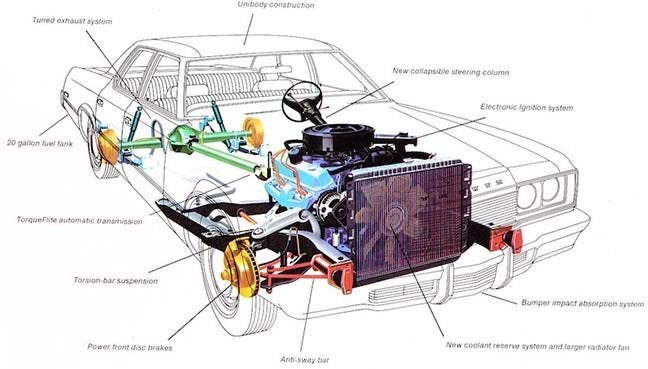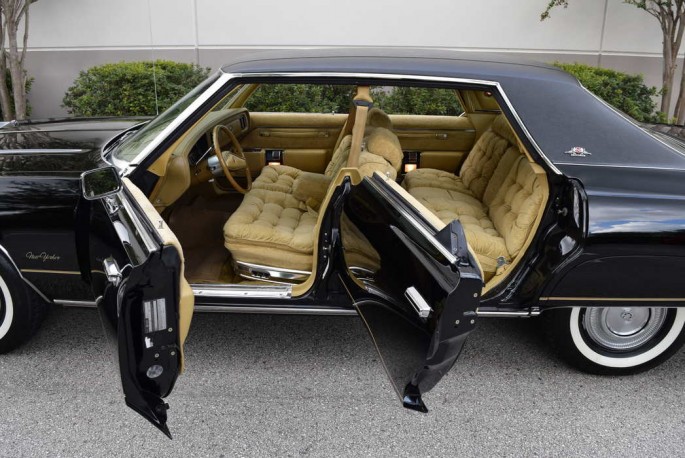70bigblockdodge
Old Man with a Hat
Guess the two 71 Gran Fury's I looked at years ago were fakes.
Maybe I'll just stick to e bodies
Maybe I'll just stick to e bodies


lolGuess the two 71 Gran Fury's I looked at years ago were fakes.
Maybe I'll just stick to e bodies

Maybe I'll just stick to e bodies
 must be my dyslexia kicking in. Oops, glad I am not a fusie guy too many badges.
must be my dyslexia kicking in. Oops, glad I am not a fusie guy too many badges....and therefor now etched for all eternity in concrete...
Chrysler did what some thought was a confusing thing in this downsizing era .. they extended the C body "Monaco" and "Fury" names to the midsize "B" platform. At the same time, the C bodies got the names "Royal Monaco" and "Gran Fury".
A common mistake for the average citizen to just go by the badging. Enthusiasts sites, through their publishing/editing/"tribal knowledge" processes, however do not get this platform info wrong. That was the basis for my comment directed at the "site".
These are the B bodies in the piece:
View attachment 90167 View attachment 90168
It looks like the 1965 "D" body Imperial photo was taken down. That is also a common mistake and many "expert" sources often mix this up though. The C (unibody) and D (body on frame) platforms were running together in 1965 and both were "full size" vehicles.
Appreciate the clarification. Honestly I don't know how I made that mistake and it is absolutely worthy of complaint.
The research I did for the article seems to indicate that there's some ongoing debate as to whether or not the Imperial was a D body or C body in 1965. In any case, we'll toss those Fury shots, as we did with the Imperial. Thanks.
Just to clarify...are you calling the fender tag a data plaque?
Are you saying cars with recall wheels have W23 coded on the fender tag?
Does this include cars from all three C body plants?
Actually you chart is still off Stan, I think all Imps to 73 are considered D bodies with up to 68 being the biggest separation in parts. Also I think the Gran Fury nameplate picked up when the VIP name went away.
I got it, schooled much like Brad thanks.Nope: D bodies were full frame cars...ended in 66...from 67-73 Imperials were C bodies with a stretched stub frame.
Hey fellas, I wrote that article. Thanks for the constructive criticism. Could someone point out the B-body (or bodies) in question?




That is the equivalent of saying you have done an informative write up on Broncos and only mentioning O.J.
Yes, on the fender tag and build sheet...sadly Chrysler Corp was inconsistent in documenting options on fender tags for some reason (like the A12 option on Hurst 300s).
Do you have a pic of a tag with W23 on it?
